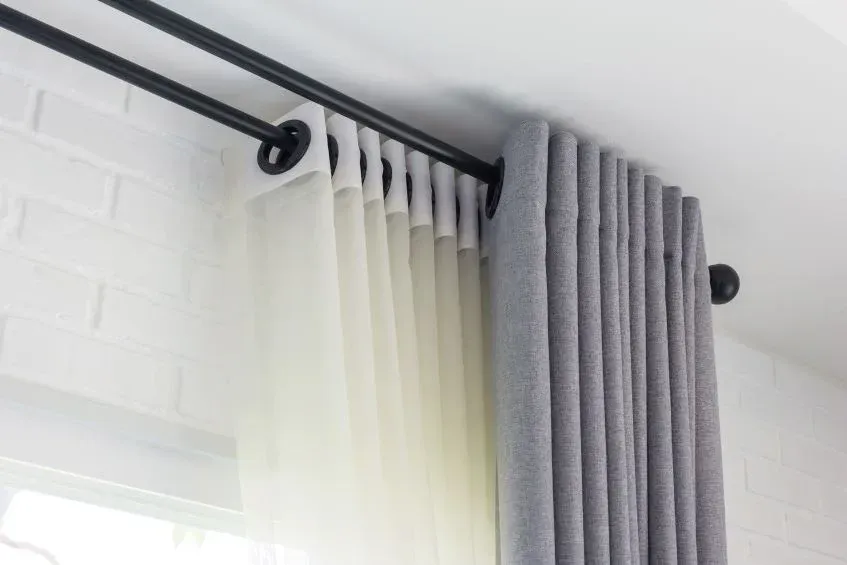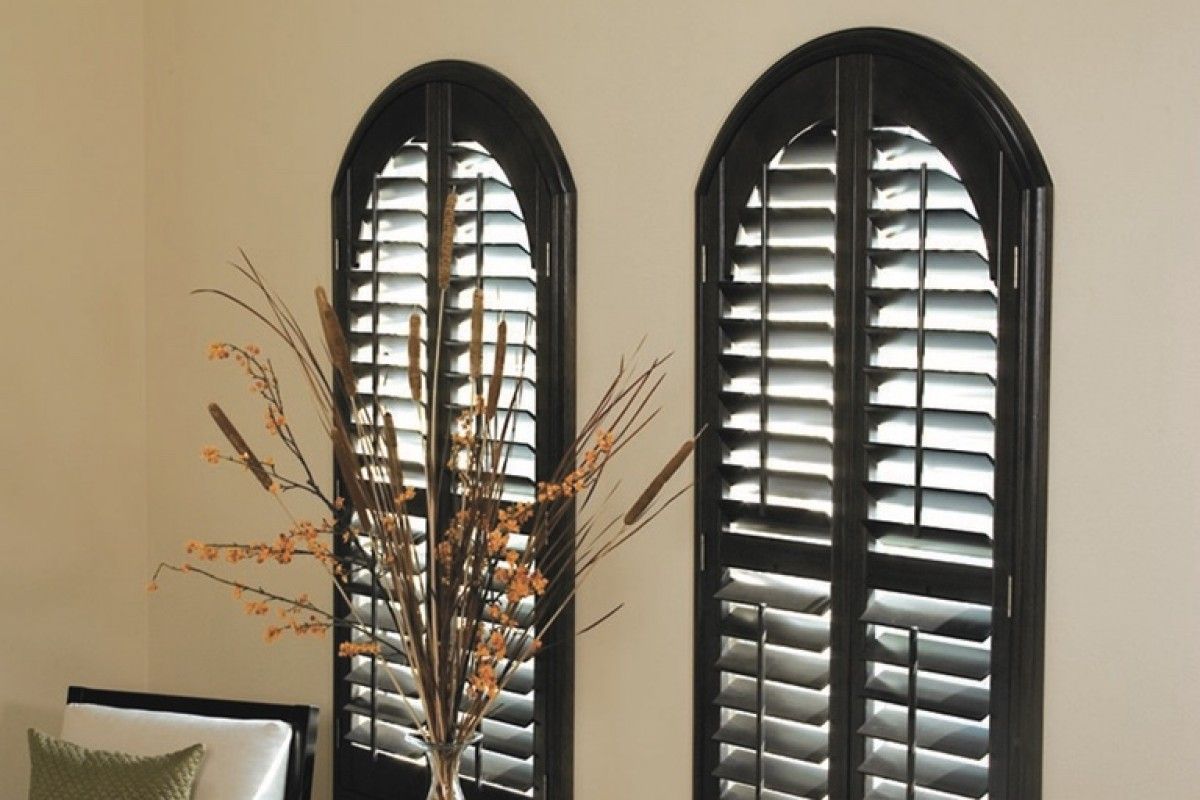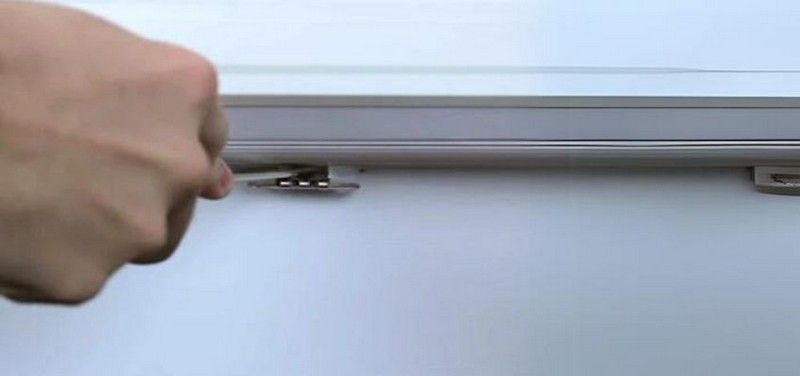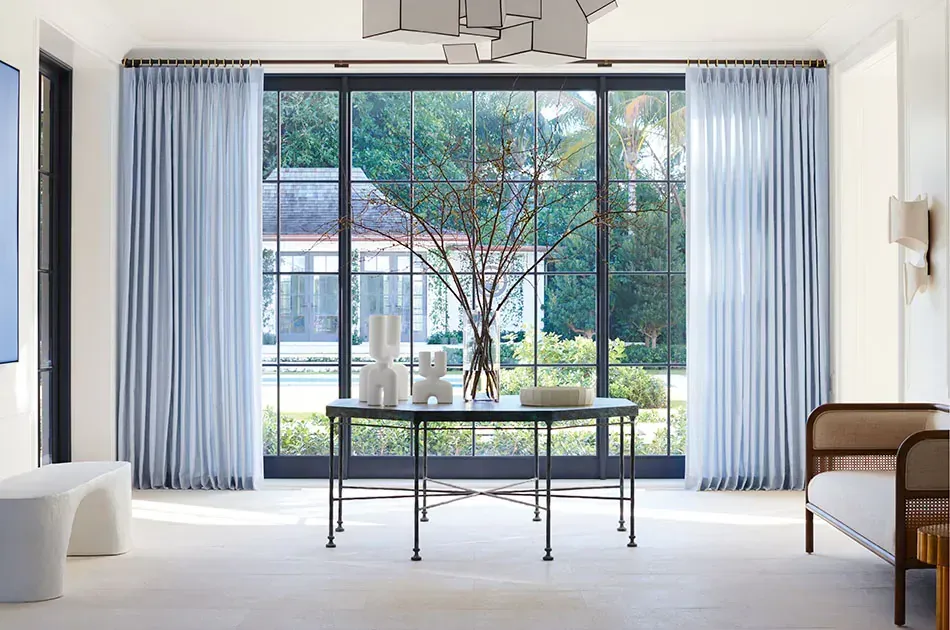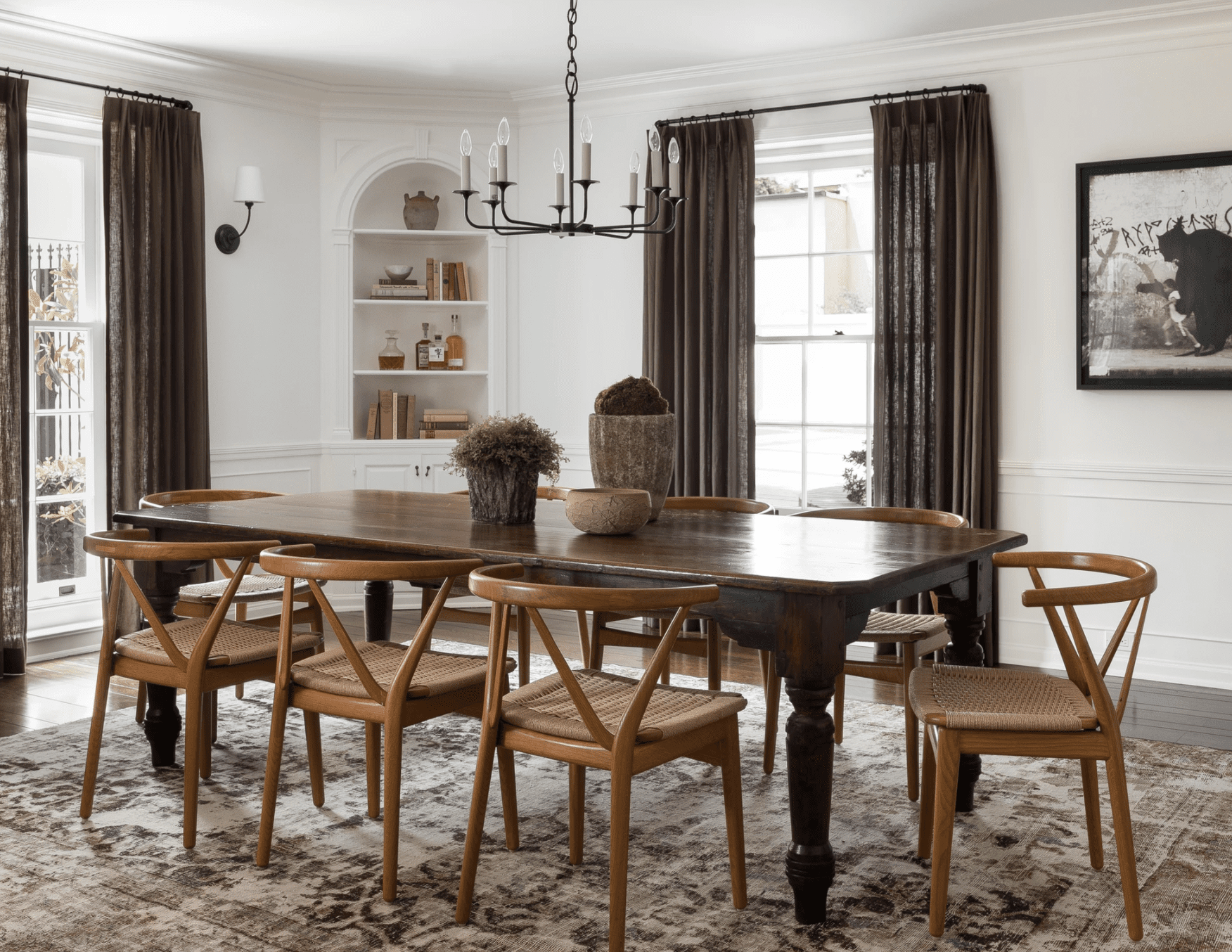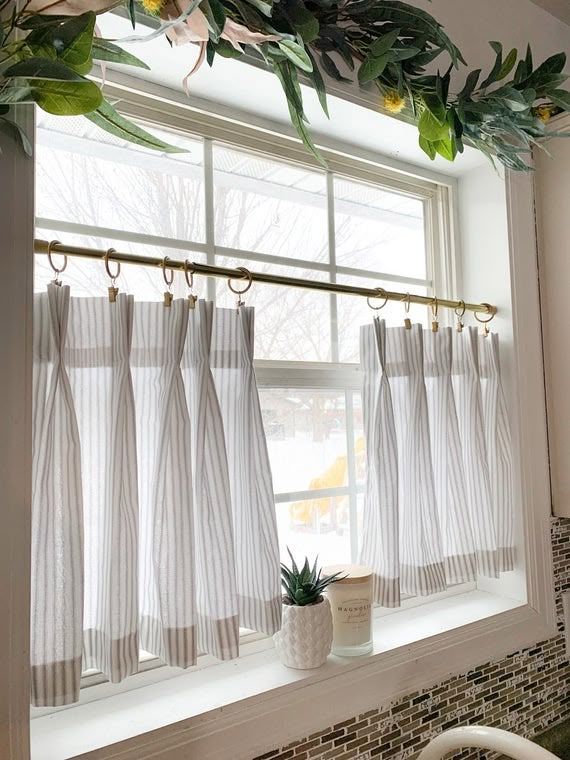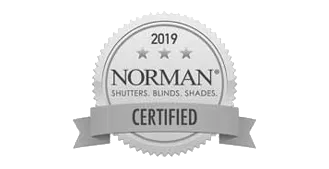LOVE IS BLINDS
Which Is Better: Real Wood or Composite Shutters?
TLDR;
Composite shutters are better for moisture-prone areas and budget-conscious buyers, while real wood shutters are ideal for a timeless, high-end look and long-term durability. The best choice depends on your home’s climate, design goals, and budget.
Composite Shutters vs Wood Shutters: What’s the Real Difference?
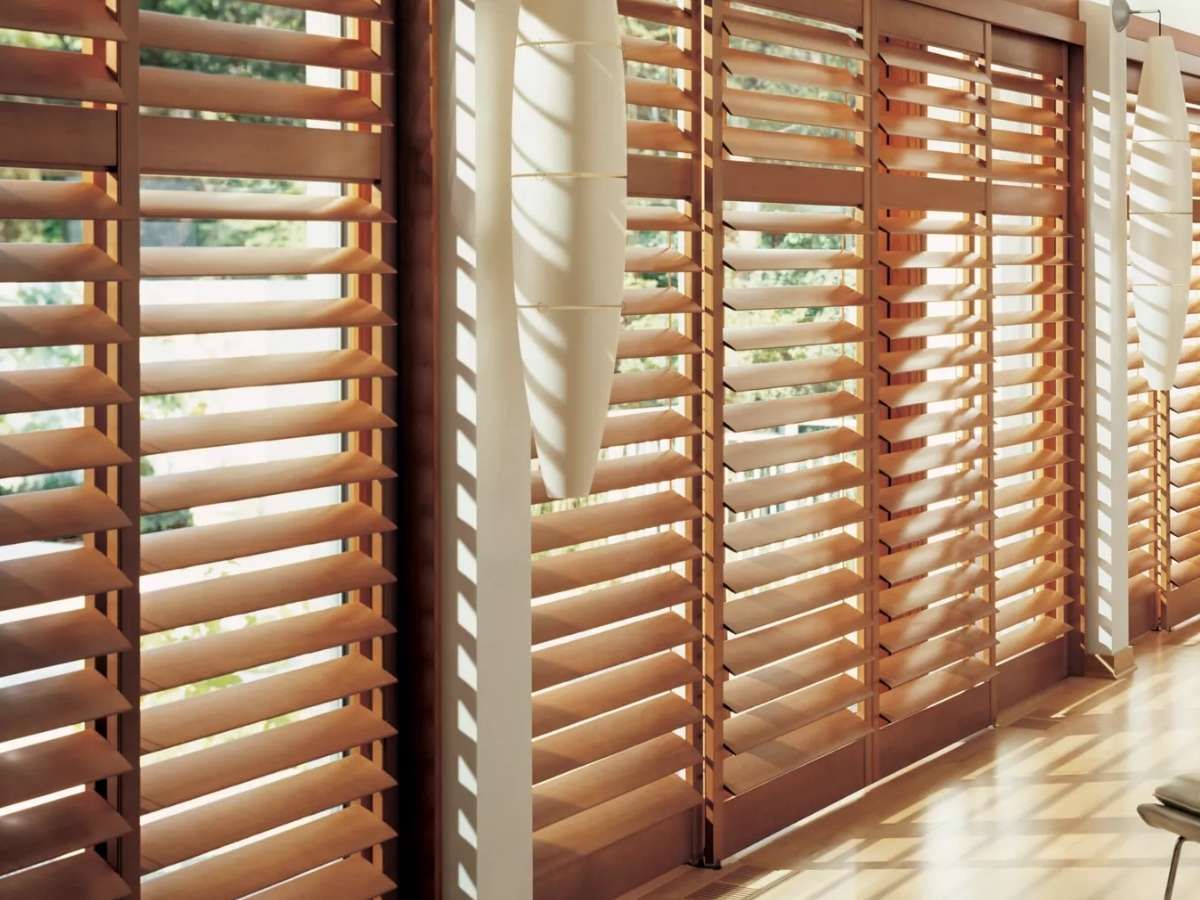
When you're deciding between real wood and composite shutters, you're really choosing between natural charm and modern practicality.
Here’s a simple breakdown of the core differences:
- Real Wood Shutters offer authenticity, richer textures, and greater customization.
- Composite Shutters provide durability, are moisture-resistant, and cost less upfront.
Both options offer elegance, insulation, and resale value — but each has ideal use cases. Let's explore every angle.
What Are Real Wood Shutters?
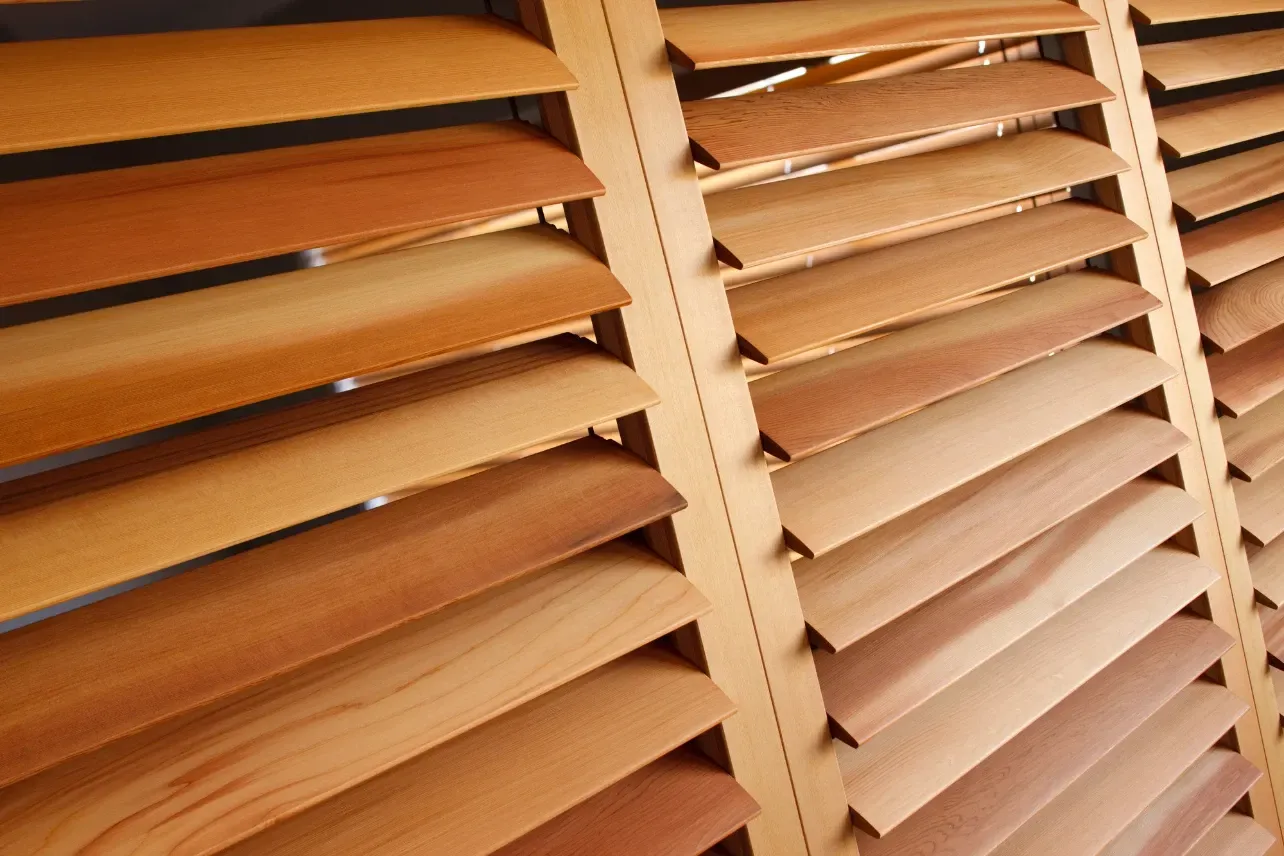
Real wood shutters are crafted from natural hardwoods like basswood, cedar, and pine. These materials are known for their strength, beauty, and versatility.
Key Features:
- Materials Used: Basswood (most popular), cedar (naturally resistant to rot), pine (affordable and lightweight).
- Aesthetic Appeal: Rich grain patterns, deeper textures, and warm tones.
- Custom Finishes: Can be painted or stained in virtually any color.
- Panel Sizes: Wood supports
larger panels without sagging, great for wide windows.
Pros:
- Timeless and traditional look
- High-end feel and real wood character
- Highly customizable
- Increases home resale value
Cons:
- Higher cost
- Sensitive to humidity (can warp in moisture)
- Requires occasional maintenance (re-staining or refinishing)
What Are Composite Plantation Shutters?
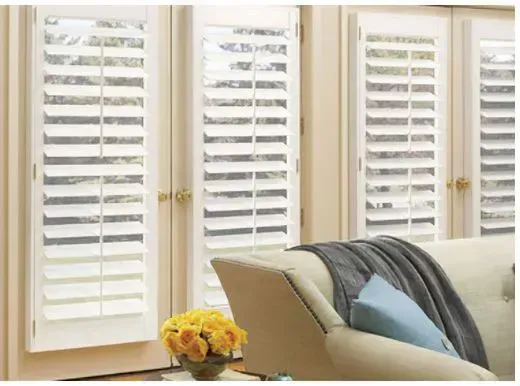
Composite shutters (also known as faux wood or engineered wood shutters) are made from MDF, PVC, or vinyl. These synthetic materials are wrapped in a durable finish and built to withstand tough conditions.
Key Features:
- Materials Used: Medium-Density Fiberboard (MDF), vinyl, or synthetic blends
- Durability: Built to resist
humidity, cracking, and fading
- Finish Options: Typically limited to whites and neutral tones, pre-painted or film-wrapped
Pros:
- Moisture-resistant (great for kitchens, bathrooms)
- Less expensive than real wood
- Low maintenance
- Won’t warp or crack in humid environments
Cons:
- Limited custom stain/paint options
- May look less authentic than real wood
- Cannot support wide panels (prone to sagging if oversized)
Wood vs Composite Shutters Comparison Chart
| Feature | Real Wood Shutters | Composite Shutters |
|---|---|---|
| Appearance | Natural wood grain, rich finishes | Smooth, consistent finish |
| Durability | Excellent (but sensitive to moisture) | Very good (moisture-resistant) |
| Customization | High – can be stained or painted | Limited – mostly white or off-white |
| Maintenance | Requires occasional refinishing | Easy to clean, low maintenance |
| Best Rooms | Living rooms, offices, bedrooms | Bathrooms, kitchens, basements |
| Price Range | Higher | More affordable |
| Eco-Friendliness | Renewable if sustainably sourced | Often not recyclable |
Wood vs composite shutters comparison chart – Shop Love Is Blinds
Wood vs Composite Shutters: Which One Should You Choose?
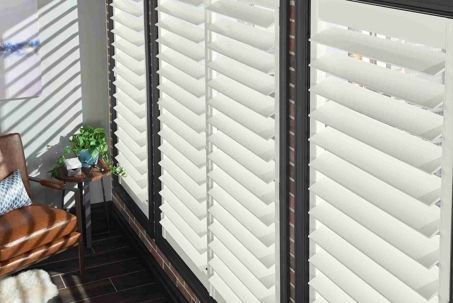
The right shutter depends on your priorities:
- Choose real wood if:
- You want a
classic, high-end look
- You plan to stay in the home long-term
- You're customizing with dark stains or unique finishes
- Choose composite if:
- You need
moisture-resistance
- You're working with a tighter budget
- The shutters are going in a kitchen, bathroom, or basement
Faux Plantation Wood Shutters vs Real Wood
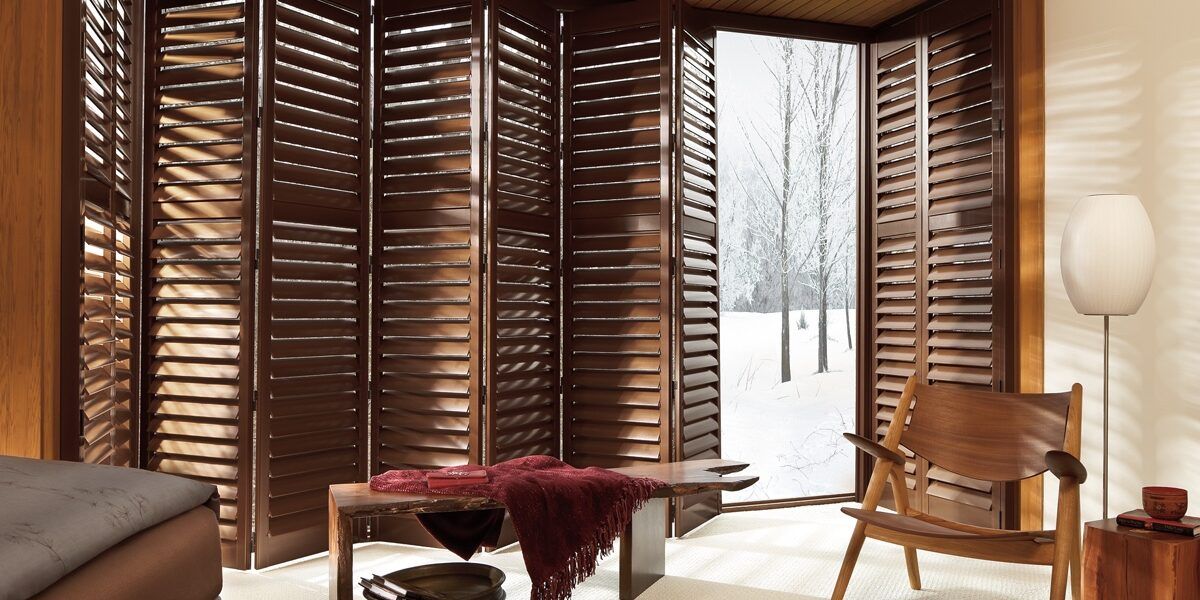
Faux wood shutters look like wood but are engineered for performance.
Here’s when faux wood makes more sense:
- Kids’ rooms or nurseries: Less prone to damage
- Rental properties: Lower cost and low maintenance
- Pet households: Easier to clean and won’t chip easily
However, if visual authenticity is critical (e.g., matching anti
Are Composite Shutters Good for Interior Use?
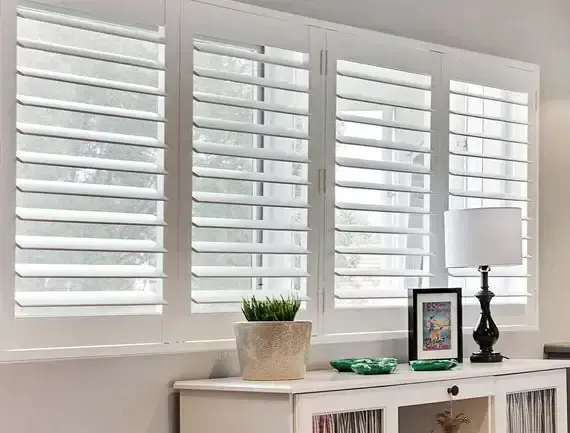
Absolutely — especially in high-humidity rooms or where direct sun exposure is common.
Ideal Rooms for Composite Shutters:
- Bathrooms
- Kitchens
- Laundry rooms
- Basements
- Sunrooms
Their moisture resistance means they won’t warp, peel, or crack — even after years of exposure.
Real Wood Shutters for a Traditional Touch

In contrast, natural wood window shutters are ideal for:
- Home offices (rich, upscale tone)
- Living rooms (timeless warmth)
- Formal dining rooms (elegance)
Basswood shutters, in particular, are prized for their strength, lightweight nature, and ease of customization.
Best Shutters for Humid Climates

Living in a humid region like Florida or coastal California?
Go composite. Real wood can absorb moisture and swell.
Best Shutter Choice by Climate:
- Humid / Coastal: Composite
- Dry / Stable climates: Real wood
Tip: If windows are often open or rooms get steamed up, composite is a safer bet.
Plantation Shutters for Energy Efficiency
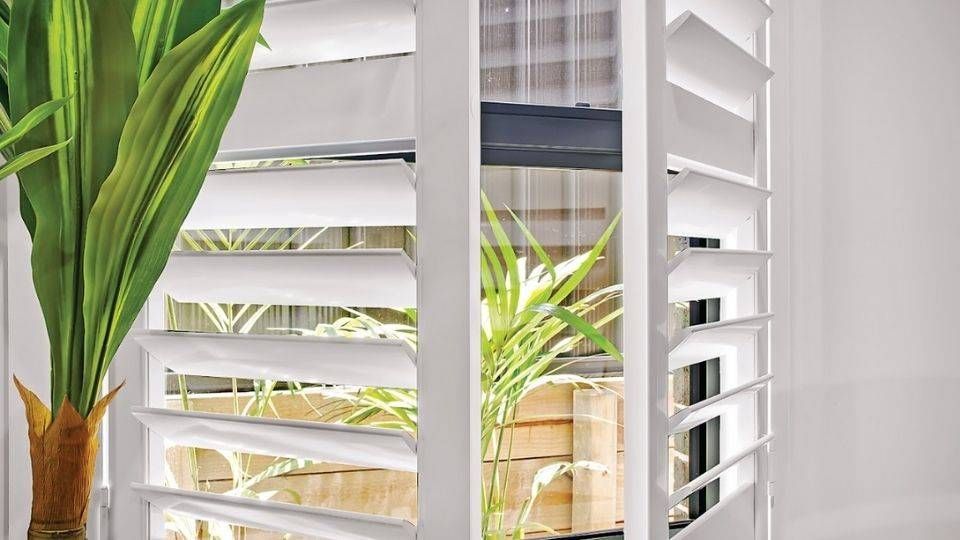
Both real wood and composite plantation shutters offer insulation benefits:
- Help
block solar heat in summer
- Reduce
heat loss in winter
- Improve energy efficiency when custom-fitted
Properly installed shutters can lower energy bills, especially when closed during peak temperature hours.
Shutters for Each Room: What Works Best?
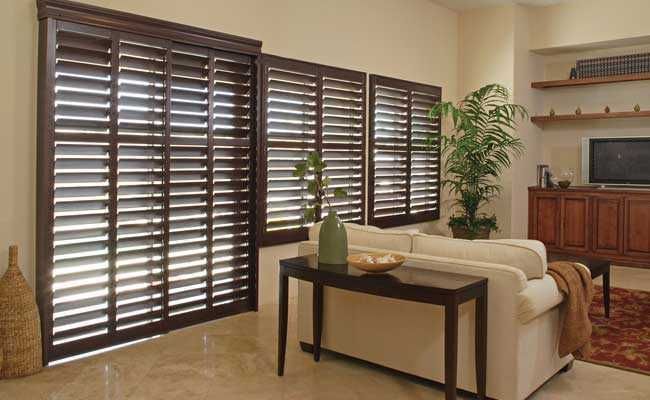
Here’s a quick guide to help you decide room-by-room:
Composite Shutters:
- Kitchen: Waterproof, easy to wipe down
- Bathroom: Handles steam, won’t peel
- Basement: No risk of mold or rot
- Laundry Room: Ideal for fluctuating temps
Real Wood Shutters:
- Living Room: Adds elegance and character
- Office: Professional, polished aesthetic
- Master Bedroom: Luxury appeal
If your home features uniquely shaped windows, such as arches, you’ll want to consider options specifically designed for them. Both real wood and composite materials can be custom-built into shutters for arched windows, allowing you to maintain style consistency without compromising fit or functionality.
Shutter Installation & Maintenance Tips

Installation can be DIY or done professionally — but precision is key for energy savings and appearance.
DIY Tips:
- Always
measure your window frame precisely
- Choose inside or outside mount based on trim
- Use appropriate hardware for wood or drywall
Maintenance:
- Composite Shutters: Wipe with damp cloth
- Wood Shutters: Use wood cleaner and soft cloth
- Avoid soaking or using abrasive cleaners
Cost of Real Wood Shutters vs Composite
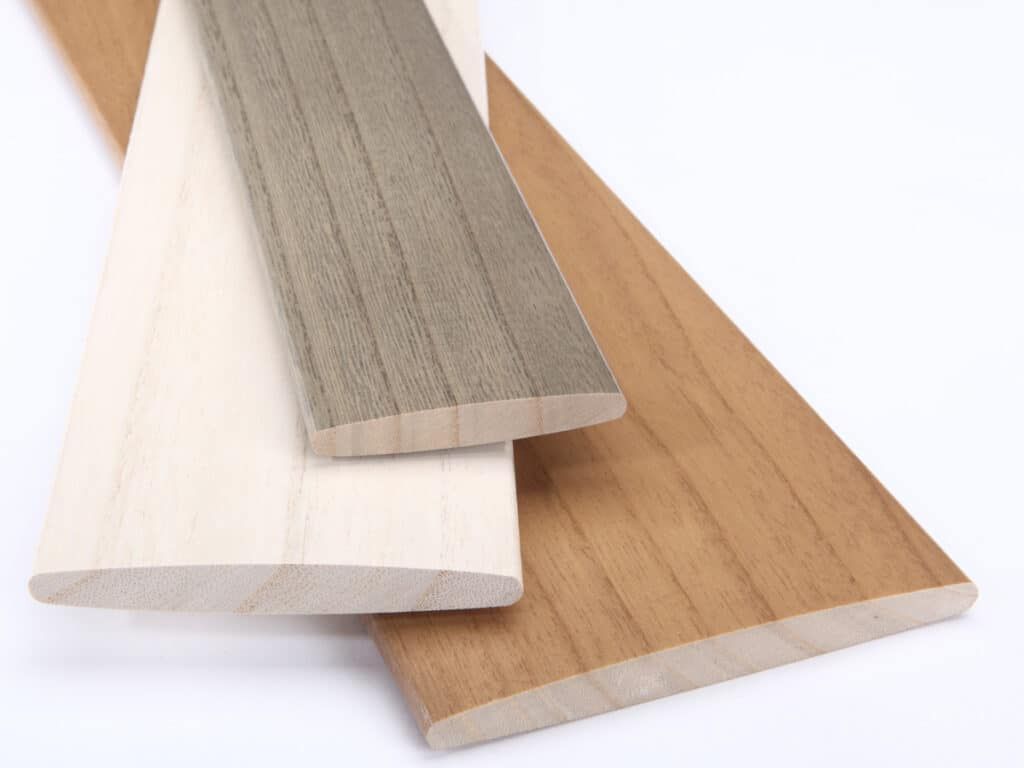
The
cost difference is one of the biggest deciding factors for many homeowners.
Real Wood:
- Higher upfront cost ($250–$400+ per window)
- Long-term investment value
- Requires occasional refinishing
Composite:
- More budget-friendly ($150–$300 per window)
- Minimal upkeep
- Great ROI in wet areas
Are faux wood shutters cheaper than real wood? Yes — by 10–30% on average.
Eco-Friendly Window Treatments: A Sustainability Angle
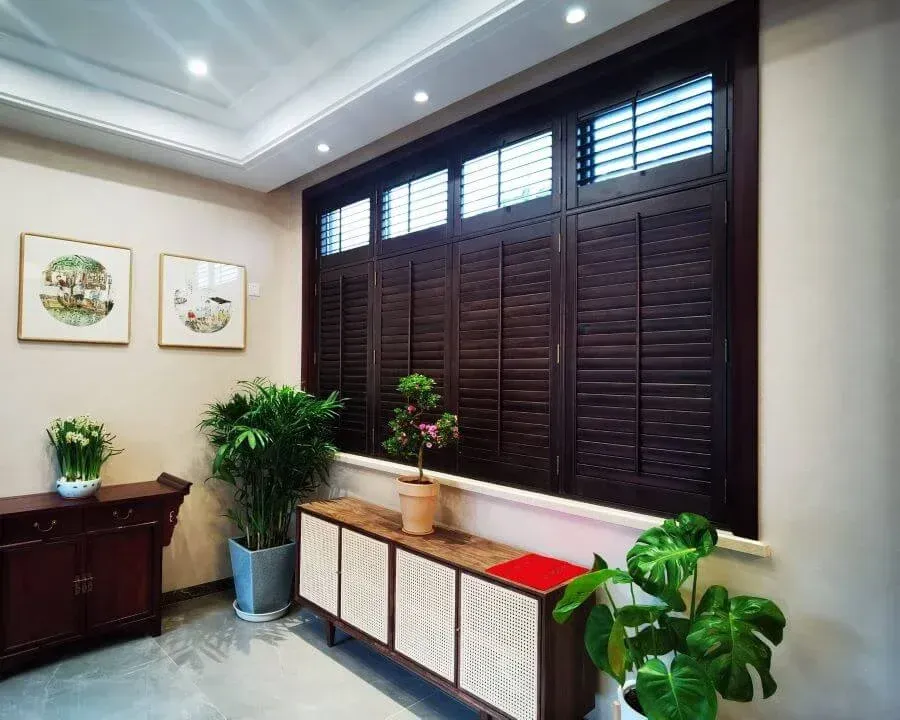
Real Wood:
- Can be sustainably sourced (look for FSC-certified wood)
- Biodegradable and renewable
Composite:
- Often made with synthetic materials
- May contain VOCs or plastics
- Not biodegradable
If sustainability is key, choose responsibly harvested wood with low-VOC finishes.
Still Not Sure? Here’s How to Decide…
| Factor | Best Choice |
|---|---|
| High humidity | Composite |
| Luxury finish | Real wood |
| Budget-friendly | Composite |
| Custom color/stain | Real wood |
| Kid/pet room | Composite |
| Eco-conscious | Real wood |
| Wide windows | Real wood |
Need a professional opinion? Shop Love Is Blinds offers free consultations to help you choose the perfect shutters for your space.
Frequently Asked Questions
Are composite shutters more durable than wood?
Yes, especially in high-moisture or high-traffic areas.
Can real wood shutters be used in bathrooms?
Only if well-sealed and maintained — composite is usually better.
What’s the price difference between wood and faux wood shutters?
Faux wood shutters are typically 10–30% cheaper.
Do shutters increase home value?
Yes — plantation shutters are considered a permanent upgrade by many realtors.
Need to setup a Repair Appointment?

